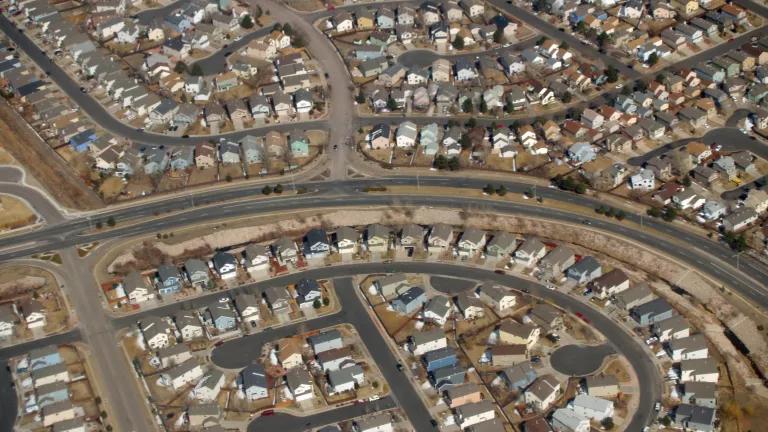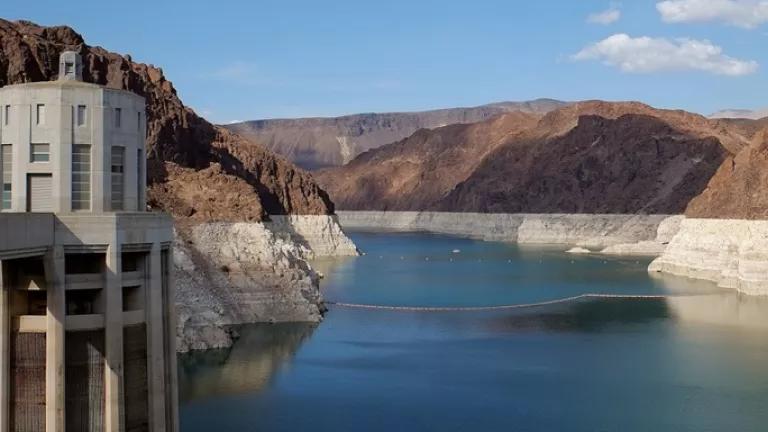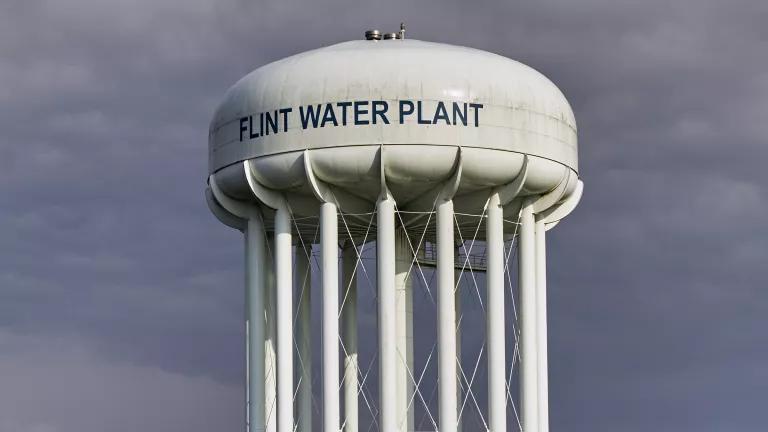
You know what sounds like a terrible idea? Building a bunch of homes in an area with no existing source of water, especially in the midst of California’s worst drought in more than 1,200 years. But that’s what Los Angeles County is proposing to do.
On May 31, the Los Angeles County Department of Regional Planning released a draft Environmental Impact Report (EIR) for the “Single-Family Residential Hauled Water Initiative,” which would allow the use of “hauled water”–water that’s essentially trucked in–as the primary source of potable water for new, single-family residential homes in unincorporated areas of the county where there is no available service from a public or private water purveyor and where on-site water wells are not feasible.
If adopted, more than 40,000 parcels in Los Angeles County would be eligible for building permits for single-family residences entirely dependent on hauled water. The initiative covers about 532 square miles within the 5th Supervisorial District, which includes Lancaster, parts of Antelope Valley, Acton, Santa Clarita, and the eastern San Gabriel Mountains. Many of these areas are devoid of developments and have little to no water (…which is probably why there’s been no development!).
While the proposed Initiative is aimed at creating more housing, it has far greater potential to create a wide range of problems for the county. A 2003 guidance letter from the California Department of Public Health advised against using hauled water as the sole potable water source for planned developments. The Department does not recognize hauled water as a reliable source suited for drinking, culinary, or domestic purposes, all of which are essential uses in a single-family home.
Nor does hauled water provide the equivalent level of protection or consistent level of reliability as a public water system or an approved on-site water source. As such, the Department does not believe that hauled water satisfies the requirements for potable water for planned developments.
Needless to say, we agree.
We’re skeptical of the County’s findings in its Initial Study that there would be “no significant impacts” from the proposed Initiative on agriculture and forestry resources, geology and soils, hazards and hazardous materials, and mineral resources.
On top of it all, the draft EIR for the project raises more troubling questions than it answers.
If the sole source of water is hauled water, where will this water be stored? Where is the water coming from? How do we ensure water quality is being properly maintained?
What's more, the proposed project area is located in between three fault lines. What would happen if a major earthquake were to strike? Or in the case of a wildfire? Will these sparsely populated areas have the means and resources to support larger populations? What happens when a resident can no longer afford the hauled water? Or if the hauling company goes out of business?
Many questions remain and the proposed Initiative leaves us to wonder whether it is the right solution to housing.
Similarly, the draft EIR only briefly touches on impacts to population, housing, transportation, and traffic, deeming them “less than significant.” However, with more 42,000 parcels slated for potential development, the population, housing, traffic, and transportation needs will inevitably increase. Not only will single-family homes be built, but shopping centers, supermarkets, schools, and parks will follow to support these new communities, opening the door to urban sprawl in areas with extreme water scarcity.
On a range of other important issues, the County isn’t even trying to ensure full mitigation of the project’s impacts. The draft EIR notes that there will be significant and unavoidable impacts to aesthetics, air quality, biological resources, cultural resources, greenhouse gas emissions, hydrology and water quality, land use and planning, public services, recreation, and utilities and service systems. This is deeply troubling.
We are reviewing the draft EIR carefully and plan to weigh in formally in the days ahead. But our initial take is that this project would bring more harm than good. Although the use of hauled water for potential developments could mean more housing, the host of environmental problems it would bring leads us to believe this is a bad idea.
Anyone interested in this project should consider submitting written comments, which will be accepted up until Wednesday, July 20, 2016. Comments can be submitted via e-mail at dsakamoto@dpw.lacounty.gov and by mail to:
County of Los Angeles Department of Public Works
Attn: Mr. Dale Sakamoto/Hauled Water EIR Comments
900 South Fremont Avenue, 11th Floor
Alhambra, California 91803
The draft EIR can be found at http://planning.lacounty.gov/hauled.
Thanks to my colleague Ylan Nguyen for contributing to this post. This blog provides general information, not legal advice. If you need legal help, please consult a lawyer in your state.




